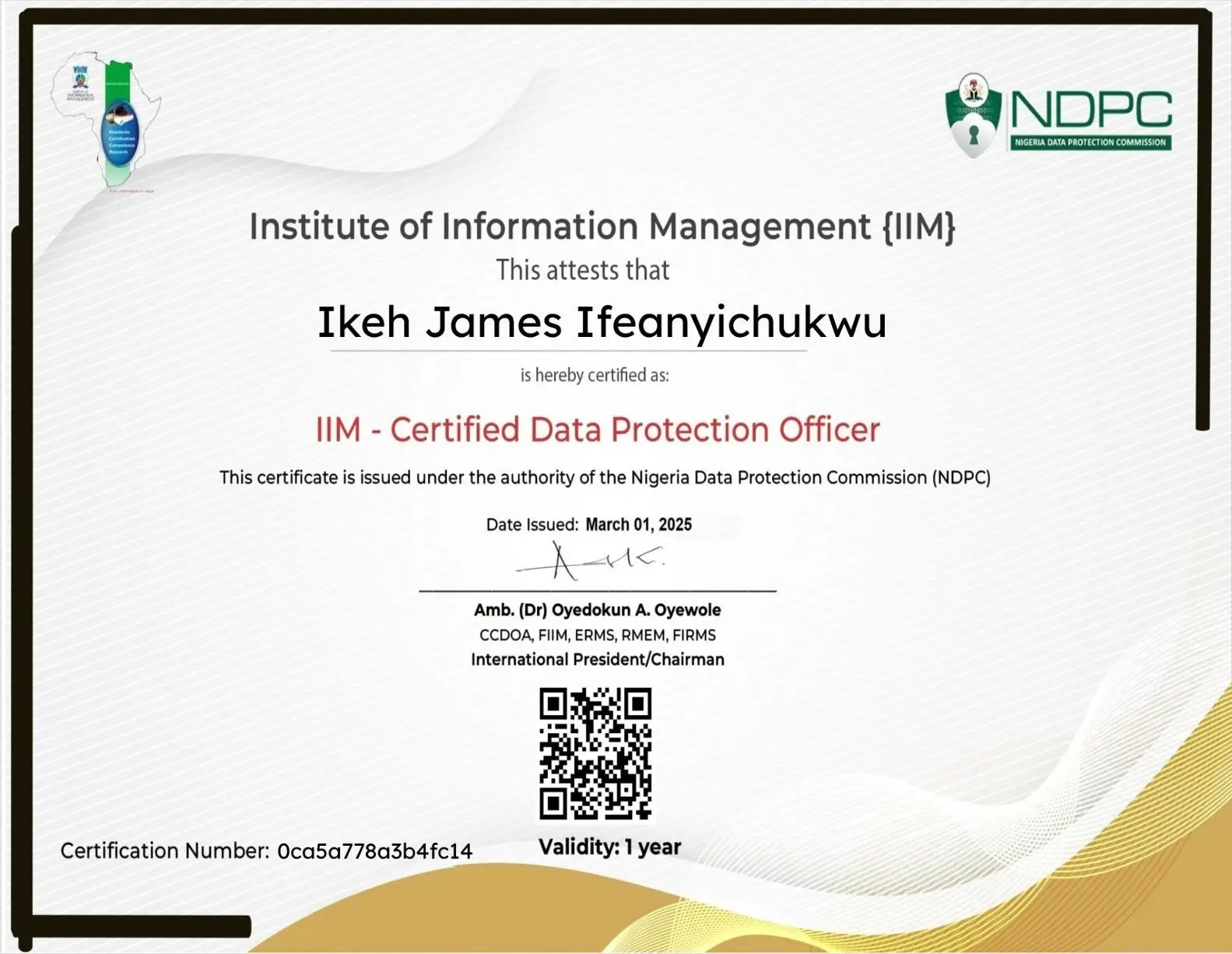AWS Cloud Crash: Why Your Data Backup Strategy Must Include Third-Party Protections
Share

The Internet Just Went Dark — Again
On October 20, 2025, the internet felt the shockwaves of a massive Amazon Web Services (AWS) outage that disrupted thousands of websites, mobile apps, and business operations worldwide.
From financial platforms and e-commerce stores to health and government services, the outage showed just how fragile the modern web really is — all it takes is one major cloud provider to go down, and millions of users lose access instantly.
While Amazon says its services are now restored, the bigger question remains: how safe is your data when the cloud fails?
This article explains what happened, what it means for data security in 2026, and why your backup strategy must go beyond AWS to include third-party protections.
What We Know So Far About the AWS Crash (October 2025)
According to reports from Reuters and The Guardian, the outage began early Monday, affecting key AWS regions in the U.S. and Europe.
- Streaming platforms, online retailers, and fintech services all experienced hours of downtime.
- Some government portals and enterprise apps lost access to critical data.
- Developers and businesses reported API failures and data replication delays in AWS S3 and EC2 services.
Amazon later confirmed that an internal network configuration issue triggered the cascade failure — and though systems are now operational, many users are still reporting residual lag and synchronization errors.
The takeaway is clear: no cloud is too big to fail.
The Hidden Risk: Cloud Reliability ≠ Cloud Resilience
AWS, Microsoft Azure, and Google Cloud each promise more than 99.9 percent uptime, but reliability isn’t the same as resilience.
When a major outage occurs, even temporarily, businesses without independent backups risk losing access to mission-critical data, sales, and customer trust.
| Risk Type | Example | Impact |
|---|---|---|
| Outage / Downtime | Regional AWS crash | Loss of access to apps and data |
| Data Corruption | Sync errors during crash | Permanent data loss |
| Ransomware / Credential Theft | Cloud account compromise | Encrypted or deleted files |
| Regulatory Non-Compliance | No backup or recovery plan | GDPR/NDPA penalties |
This outage is a wake-up call for every business and creator that relies solely on a single cloud provider.
Why Third-Party Backup Matters More Than Ever
1. AWS’s “Shared Responsibility” Model Puts Data Protection on You
AWS secures the cloud infrastructure — not your data within it.
If files are deleted, corrupted, or locked by ransomware, AWS isn’t obligated to restore them. That responsibility is yours.
A third-party backup ensures your data exists outside AWS, ready to restore if anything goes wrong.
2. Cyberattacks Don’t Pause for Outages
During downtime, systems are more vulnerable to misconfigurations and phishing attempts.
Attackers often exploit chaos — and without an off-cloud backup, recovering from such attacks is far harder.
3. Compliance Requires Redundancy
Under laws like GDPR, NDPA (Nigeria), and CCPA, businesses must maintain data availability and recoverability.
Depending solely on AWS storage could mean a compliance violation during extended downtime.
4. Multi-Cloud Is the New Normal
Experts now recommend using multiple providers (AWS + Google Cloud + Azure) to ensure cross-cloud redundancy.
If one provider crashes, another keeps your systems running seamlessly.
How to Build a Cloud-Independent Backup Strategy
| Backup Layer | Where to Store It | Purpose |
|---|---|---|
| Primary Cloud Data | AWS S3 / EC2 / RDS | Main operations and storage |
| Secondary Cloud Backup | Third-party services like Veeam, Backblaze, or Acronis | Extra redundancy and recovery |
| Cross-Cloud Replication | Azure or Google Cloud | Disaster recovery and failover |
| Offline / Local Copy | Encrypted external drives or NAS | Ransomware and outage insurance |
💡 Follow the 3-2-1 Rule: Keep 3 copies of your data on 2 different media, with 1 stored offsite or on another provider.
Real-Time Impact: Businesses Already Counting the Cost
Within hours of the AWS crash,:
- Payment systems experienced transaction delays.
- Streaming and SaaS apps faced user loss and negative reviews.
- Startups without third-party backups suffered irreversible data corruption.
One fintech startup in Lagos confirmed that an entire day of transaction logs vanished because it relied only on AWS S3 storage — a painful lesson in the need for redundancy.
Recommended Third-Party Backup Tools (2025–2026)
| Tool | Core Strength | Best For |
|---|---|---|
| Veeam Backup & Replication | Hybrid + multi-cloud recovery | Large enterprises |
| Backblaze B2 | Affordable off-cloud backup | Startups and SMEs |
| Acronis Cyber Protect | AI-powered ransomware defense | Security-focused businesses |
| Wasabi Hot Cloud | Low-cost, high-speed storage | Data-heavy organizations |
| IDrive Cloud | Easy automation and NAS support | Small business owners |
These services offer independent control over your data, ensuring continuity even if AWS or any other major provider fails again.
Lessons from the AWS Outage
- Cloud isn’t backup — it’s infrastructure.
- Redundancy equals survival.
- Compliance needs contingency.
- Trust, but verify your backups regularly.
The companies that recover fastest from incidents like this are those that planned for failure before it happened.
FAQs: AWS Outage and Backup Strategies
1. Is AWS fully back online?
As of today (October 20 2025), AWS reports services restored, though some users still face intermittent latency and API disruptions.
2. Should I move away from AWS entirely?
No — AWS remains a strong platform. The smarter move is multi-cloud diversification and independent backups.
3. How often should I back up data?
At least daily for active systems; more frequently for transactional or high-value data.
4. Does AWS automatically back up my files?
Not by default. Unless you’ve configured replication or snapshots, your data is not automatically backed up outside the AWS environment.
Conclusion: Resilience Is the New Cloud Strategy
The October 2025 AWS crash proves that even the world’s largest cloud can fail.
Businesses and creators can’t afford to depend on a single platform anymore.
By integrating third-party backups, cross-cloud replication, and offline protection, you ensure that your operations — and your reputation — survive the next outage.
In 2026, true reliability means control over your own data. Don’t just trust the cloud. Back it up.



























